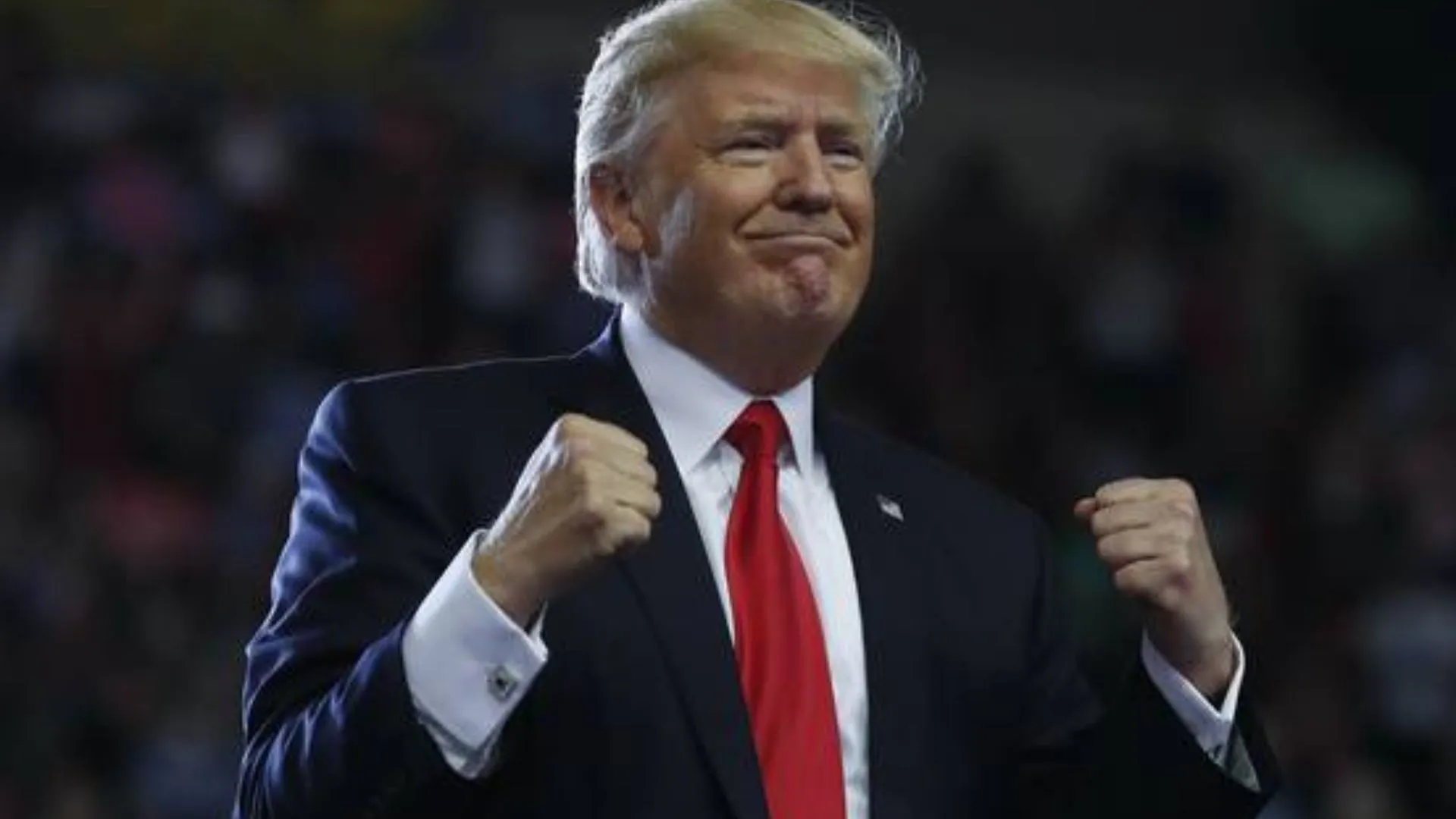The recent eruption of violence in Uttar Pradesh has raised serious concerns about communal tensions and the potential for political exploitation. The UP Police have released images of suspected rioters involved in the violent mob attack during a court-ordered survey of the Shahi Jama Masjid. The police have arrested 27 individuals, filed seven FIRs, and uncovered CCTV footage showing rioters pelting stones at a survey team. In the aftermath of the violence, four individuals were killed, with autopsy reports revealing that they died from gunshot wounds inflicted by homemade firearms allegedly used by the rioters.
The origins of the violence appear to be rooted in the court’s decision to conduct a survey at the mosque, a move that has sparked intense political and religious debates. Key political figures, including Samajwadi Party MP Zero Raman Mark and MLA Iqbal Mahmud’s son, Sohail Mahmud, are facing accusations of inciting the mob. These allegations have intensified the political rift, with accusations that the violence was orchestrated to capitalize on religious sensitivities.
Security Measures and Legal Arguments: Experts Weigh In
Ranjan Dwivedi, former Director General of the Uttar Pradesh Police, expressed concern about the lack of preparation for potential unrest. Dwivedi pointed out that the region has been historically sensitive to communal tensions and stressed that the authorities should have anticipated the risks associated with such a survey. According to Dwivedi, suspending the internet and deploying additional forces could have mitigated the scale of the violence, which was not only a physical clash but a battle of narratives on social media.
Faizan Kidwai, a spokesperson for the Samajwadi Party, rejected the allegations against party leaders, claiming that they were not present at the site during the riots. Kidwai argued that the violence was not a result of any specific incitement and criticized the speed at which the court had issued a survey order, questioning the procedural fairness of the decision. He also raised concerns over the involvement of Vishnu Jain, a local priest, in the survey commission, accusing him of conflict of interest due to his active participation in the case.
In response, BJP spokesperson Dr. Kaushal Kant Mishra emphasized that the court’s decision to allow the survey was in accordance with legal procedures. Mishra rejected the notion that the survey was intended to incite violence, asserting that the legal rights of citizens to resolve disputes through the courts must be respected. He also dismissed accusations that the BJP or its leaders were involved in inciting the mob, instead urging a focus on the legal aspects of the case.
The Legal and Political Dimensions of the Dispute
The heart of the conflict revolves around the Places of Worship Act, which mandates that the status of religious places as they stood in 1947 must remain unchanged. Critics of the survey argue that the case challenges this act and could set a dangerous precedent for other sites, potentially opening the door for further legal battles over religious structures. On the other hand, proponents of the survey maintain that the courts are simply fulfilling their constitutional duty by adjudicating disputes brought before them, irrespective of religious sensitivities.
Political analyst Desh Ratan Nigam defended the right of citizens to approach the courts and challenge disputes over religious sites. He argued that the survey was part of a broader trend of constitutional legal rights and should not be seen as a deliberate attempt to incite violence. However, the question remains whether the courts, in their zeal to resolve such disputes, are fully considering the explosive potential of their decisions in sensitive, communal areas.
Can Such Violence Be Averted?
As tensions simmer, the larger question looms: Could the mob violence have been avoided? Experts agree that greater sensitivity is needed when dealing with religiously charged matters. While the courts are guided by law, there is a growing call for judicial prudence in recognizing the volatile nature of communal conflicts. Some argue that this kind of legal action—conducting surveys or challenges to the status of religious places—only serves to deepen divides and fuel animosities, especially in places with a history of tension.
The Way Forward: A Fragile Balance
The tragic events in Uttar Pradesh highlight the fragile balance between legal proceedings and community relations. While the law must remain impartial and uphold the rights of individuals, the question of how judicial decisions impact social harmony cannot be overlooked. As India grapples with the political and religious consequences of such actions, it remains to be seen whether a solution can be found that respects both legal principles and the need for communal peace.
In conclusion, the current situation in Uttar Pradesh serves as a stark reminder of the delicate interplay between law, politics, and communal harmony in India. With political leaders on both sides of the debate accusing one another of inciting violence, the need for careful, thoughtful action has never been clearer. It is a moment of reckoning for all those involved, from political parties to law enforcement, and especially for the judiciary, which must navigate these turbulent waters with caution and foresight.

















